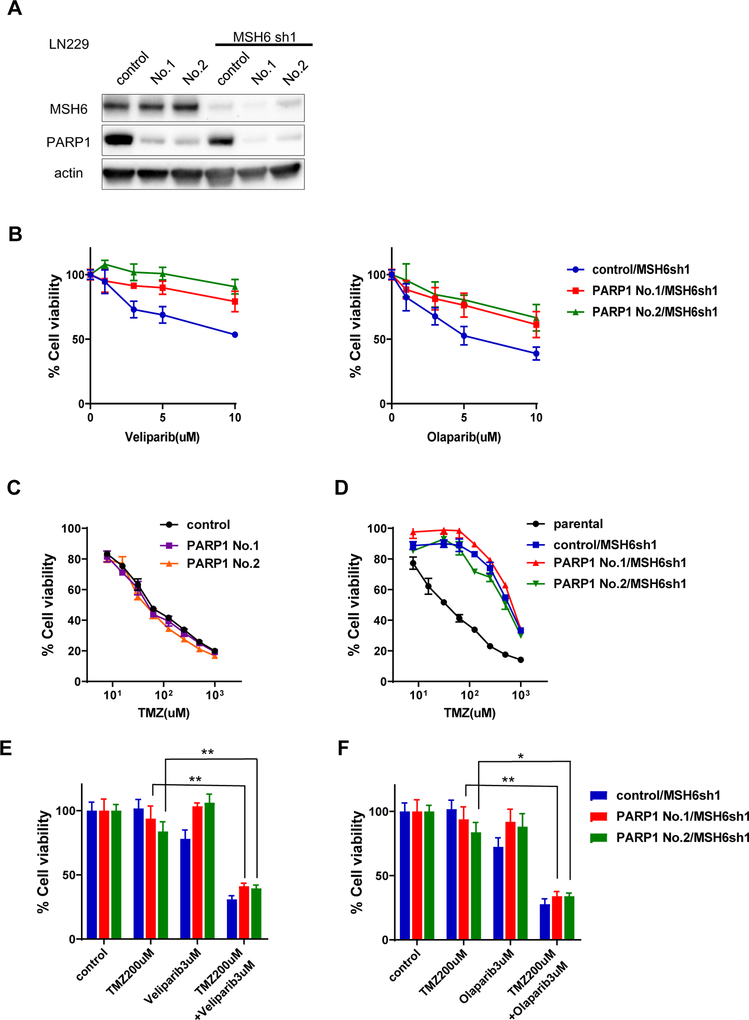Figure 4. PARP inhibitors restore TMZ sensitivity in MSH6-deficient, PARP1 knockout glioblastoma cells.
(A) LN229 parental cells and LN229shMSH6 cells were engineered with a non-targeting CRISPR-Cas9 (control) or PARP1 CRISPR-Cas9 (PARP1 no.1, PARP1 no.2) lentivirus. Immunoblot confirmed PARP1 knockout (KO). Actin was used as a loading control. (B) Veliparib (left) or Olaparib (right) dose response in shMSH6LN229 cells with CRISPR-Cas9 control, and PARP1 KO no.1 and no.2. (C, D) TMZ dose response in MSH6 intact LN229 cells, with and without PARP1KO no.1 and no.2 (C) and in MSH6 intact LN229 cells, and shMSH6LN229 cells with and without PARP1KO no.1 and no.2 (D). (E, F) shMSH6LN229 cells with control (CRISPR-Cas9), and PARP1KO no.1 and no.2 were treated with TMZ (200 uM), PARP inhibitor or TMZ combination with PARP inhibitor. (E) Veliparib 3 uM. (F) Olaparib 3 uM. Cell viability was evaluated by Cell Titer Glo on day 6 in B-F. *P<0.005, **P<0.00 (student t-test).

